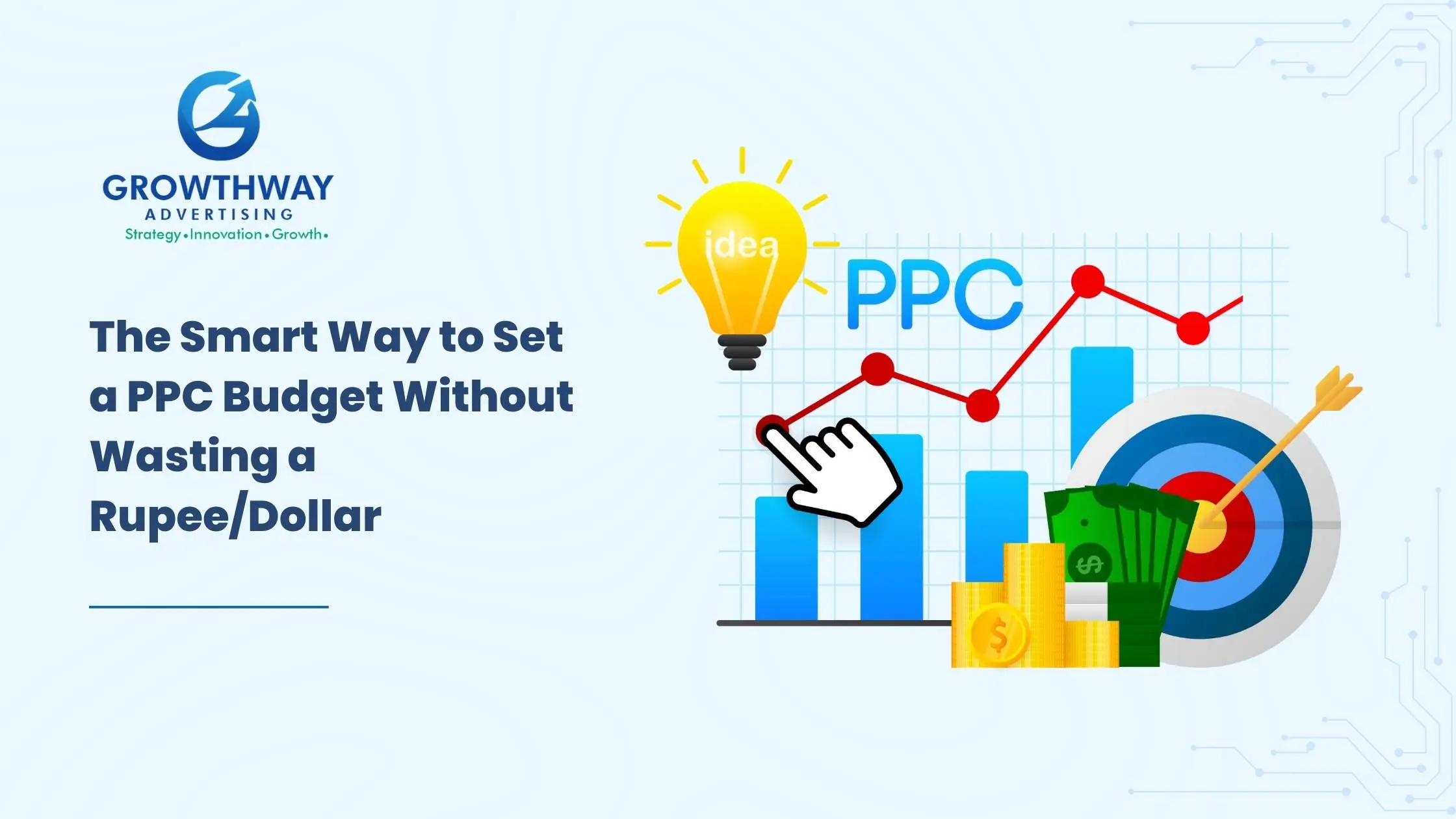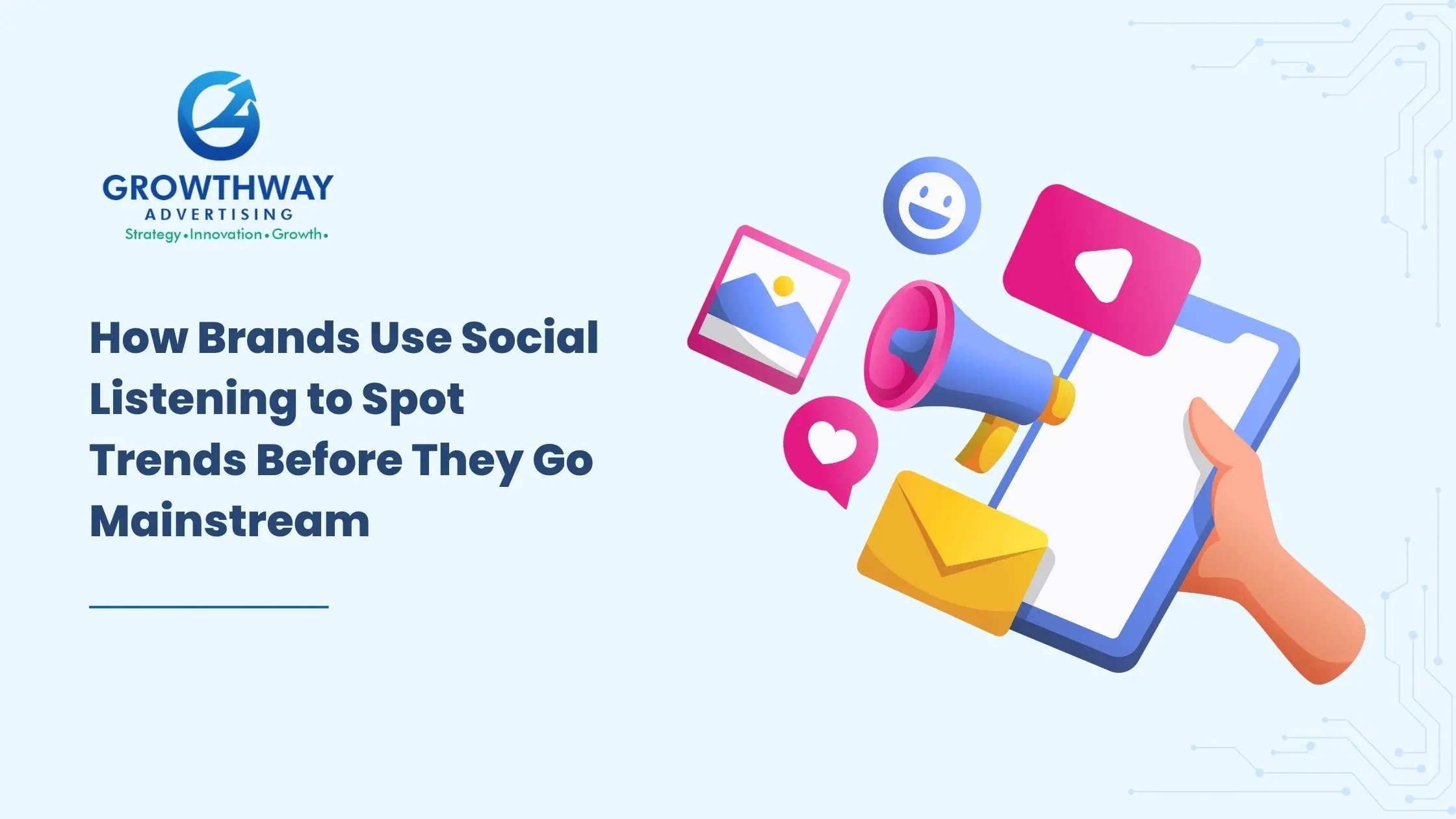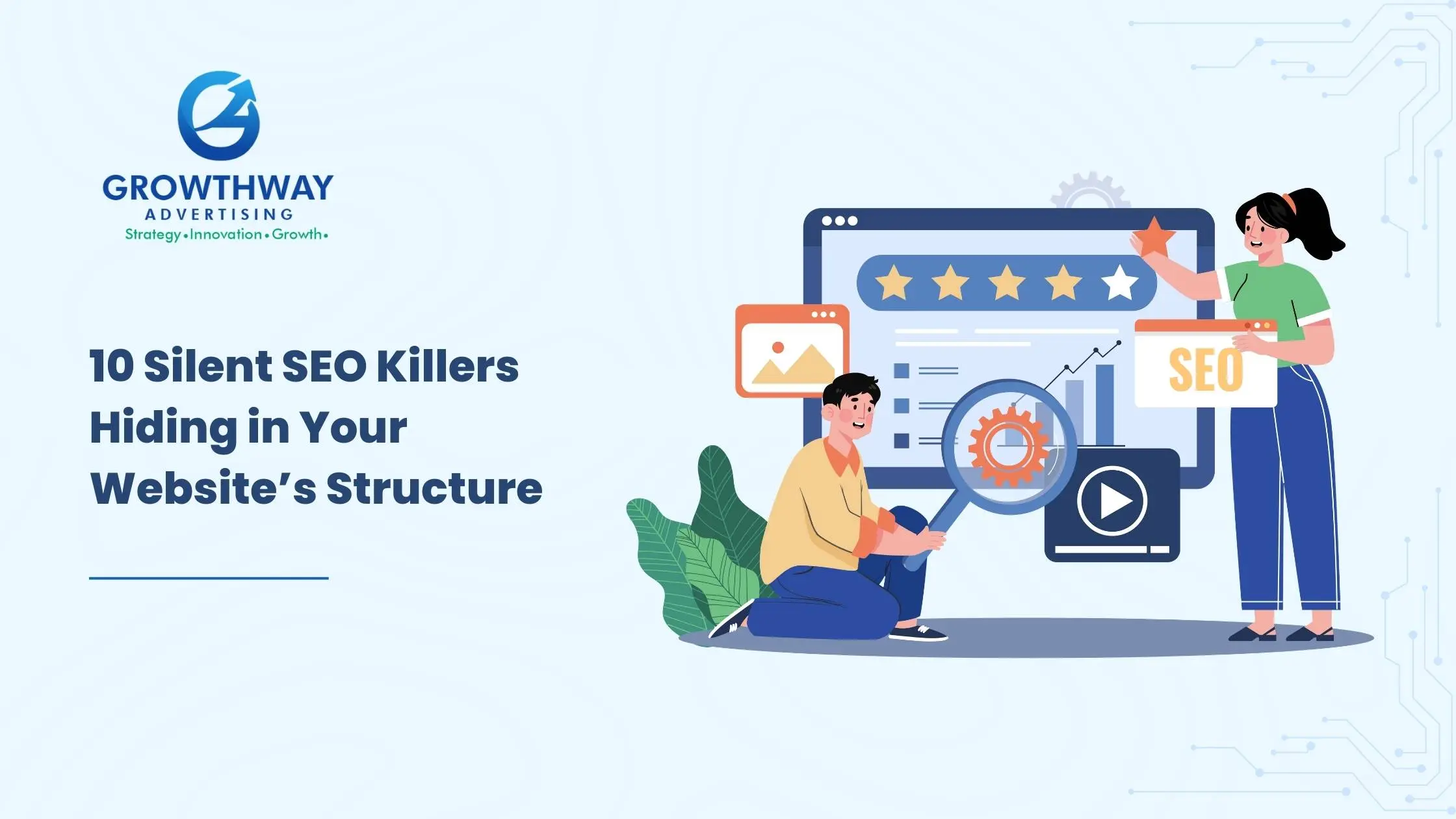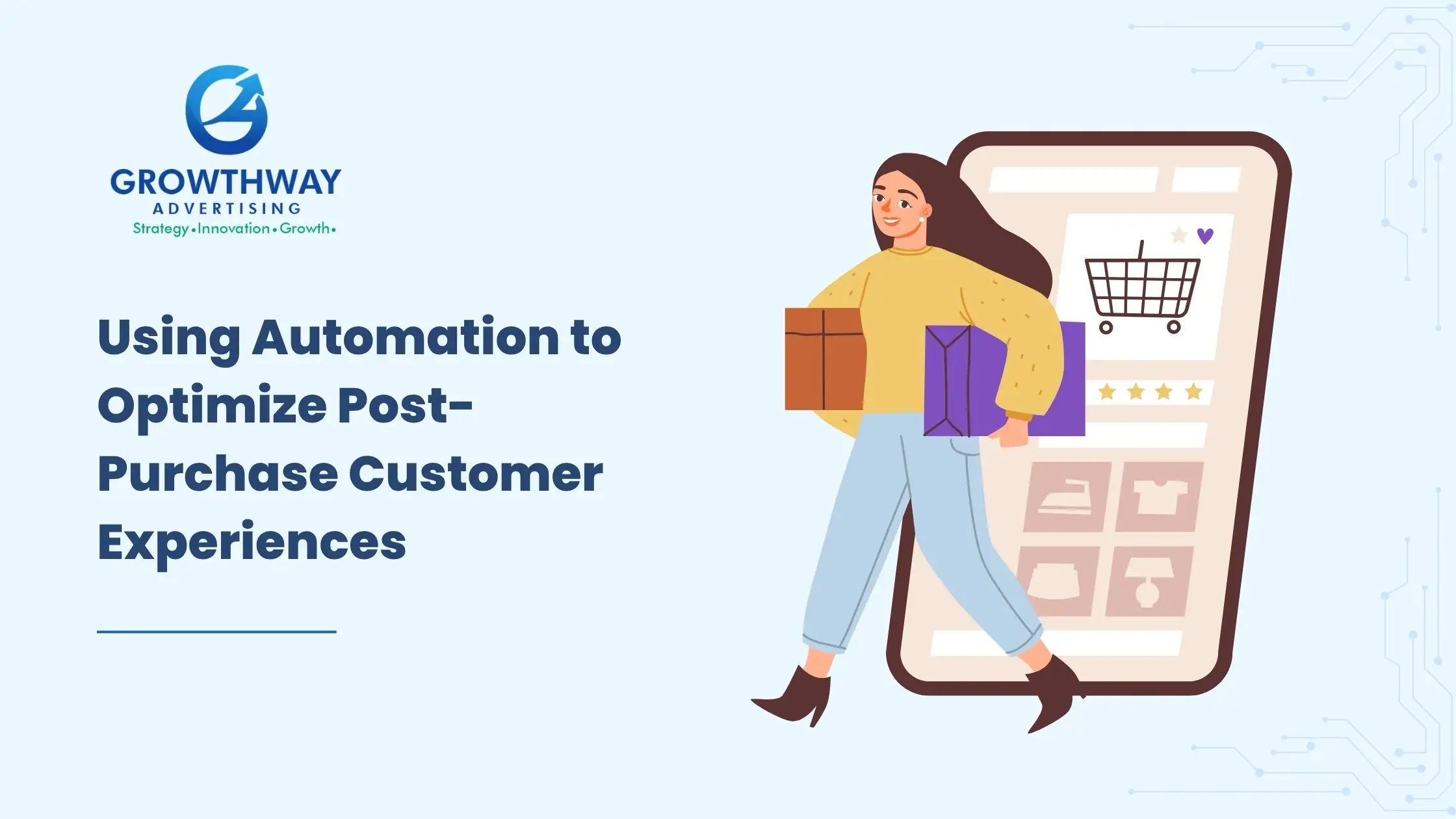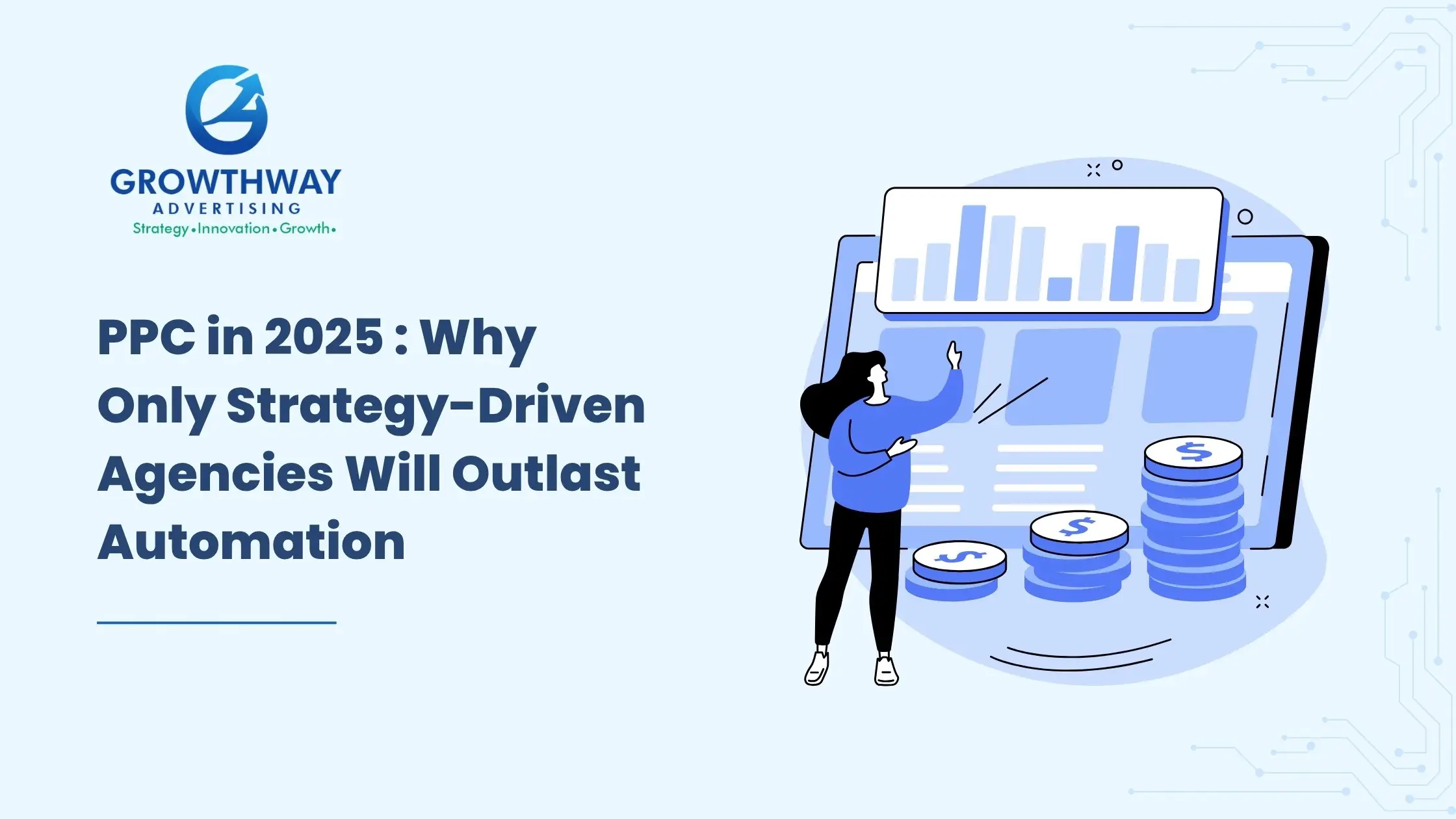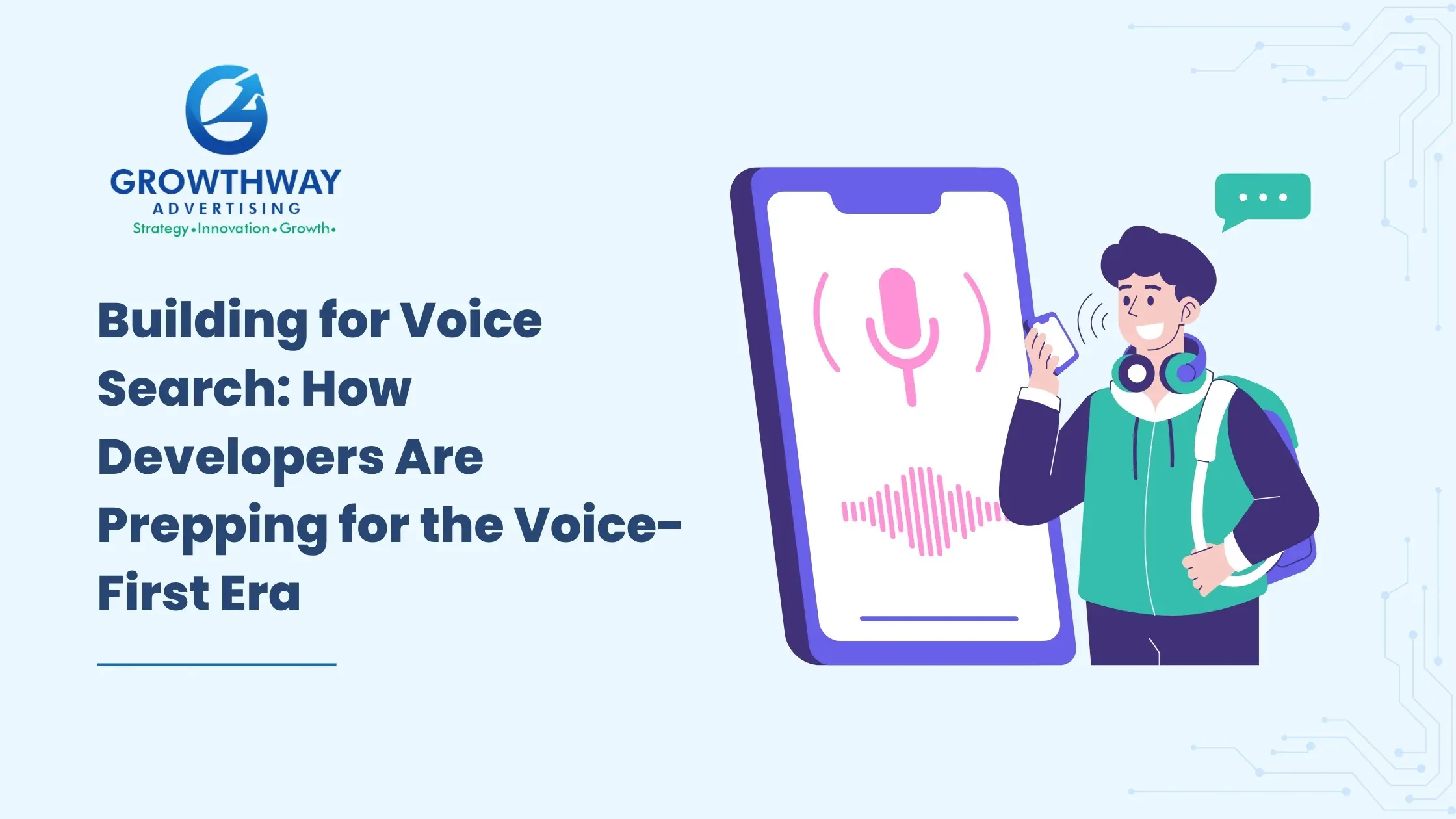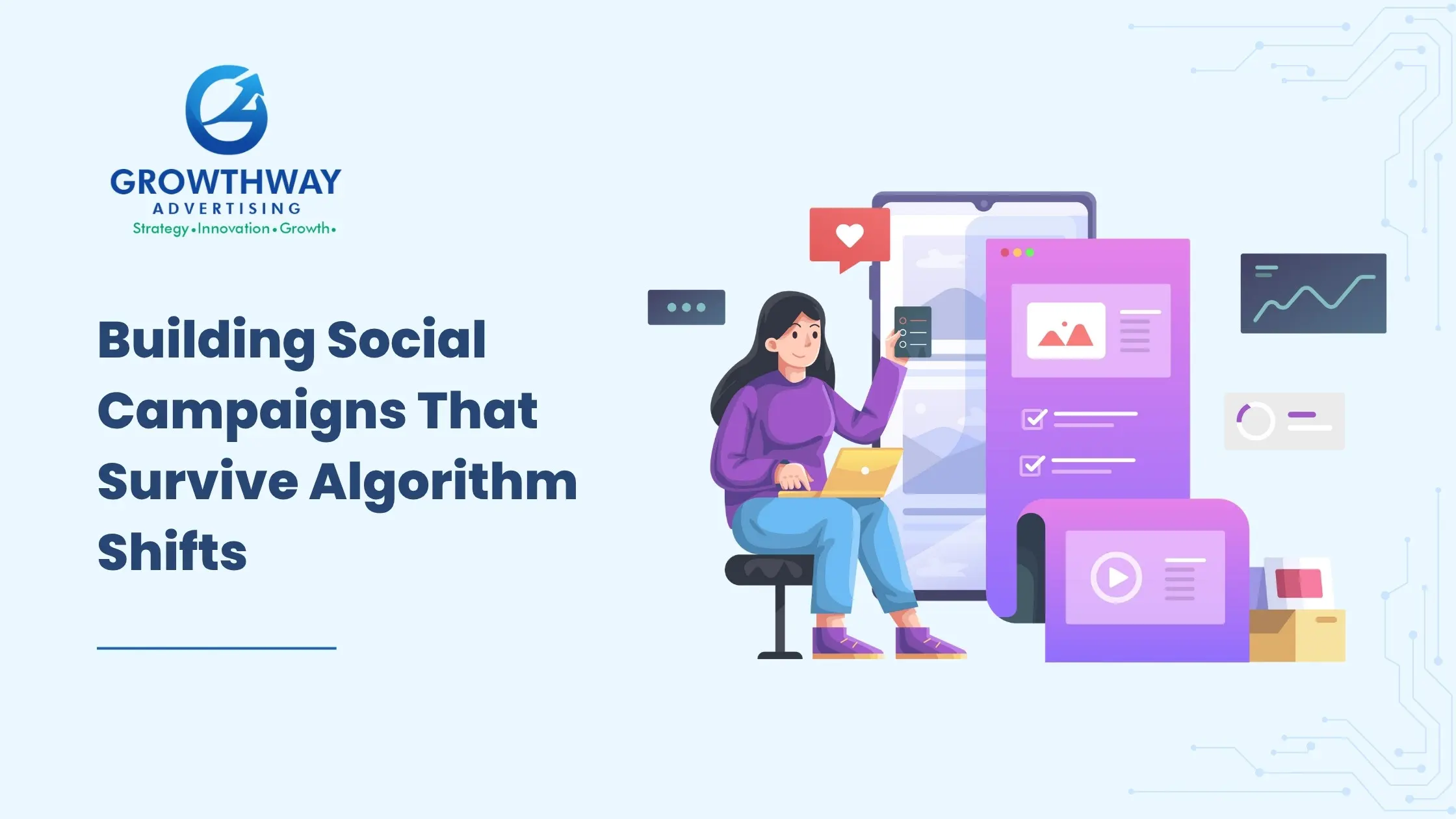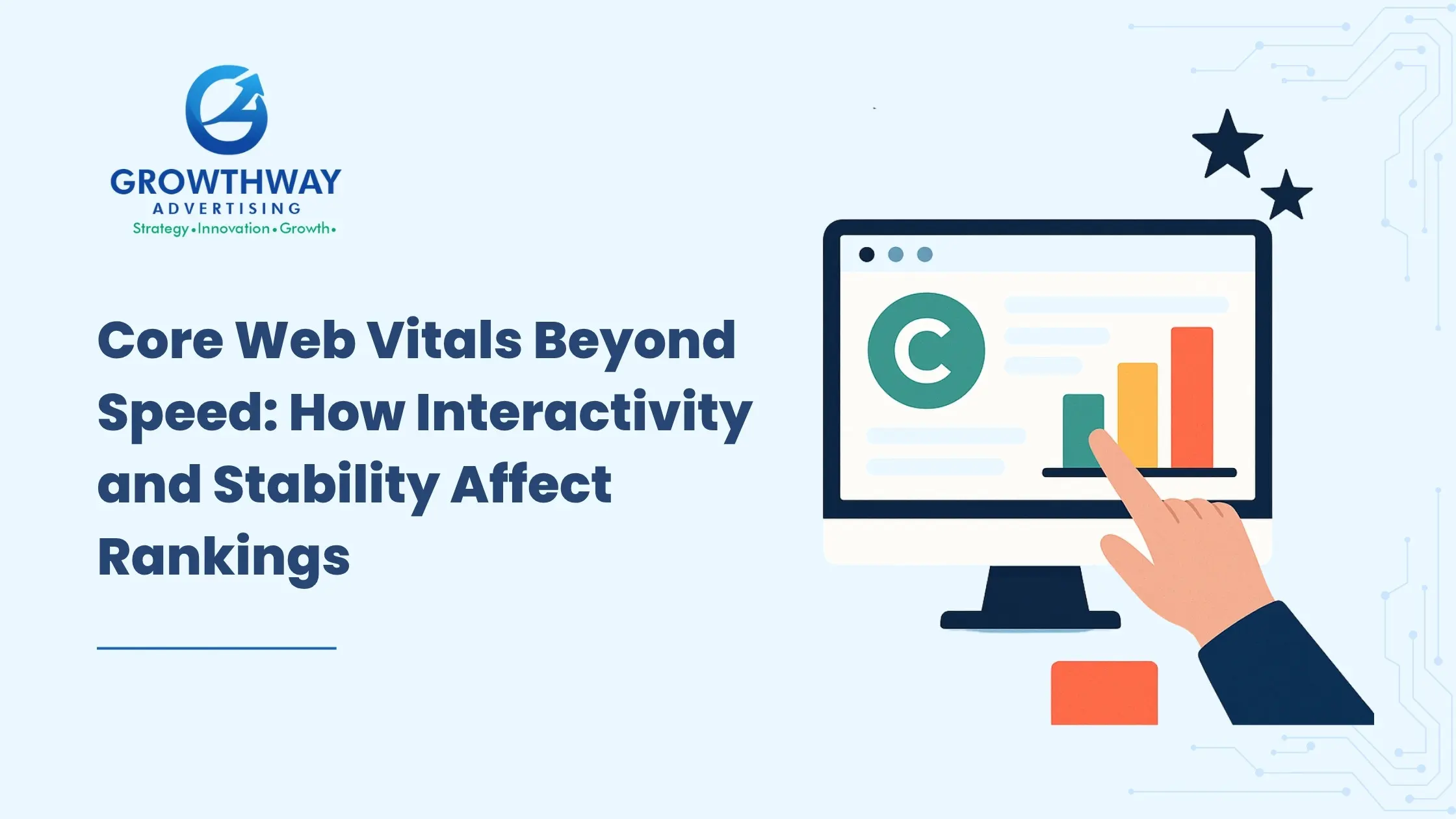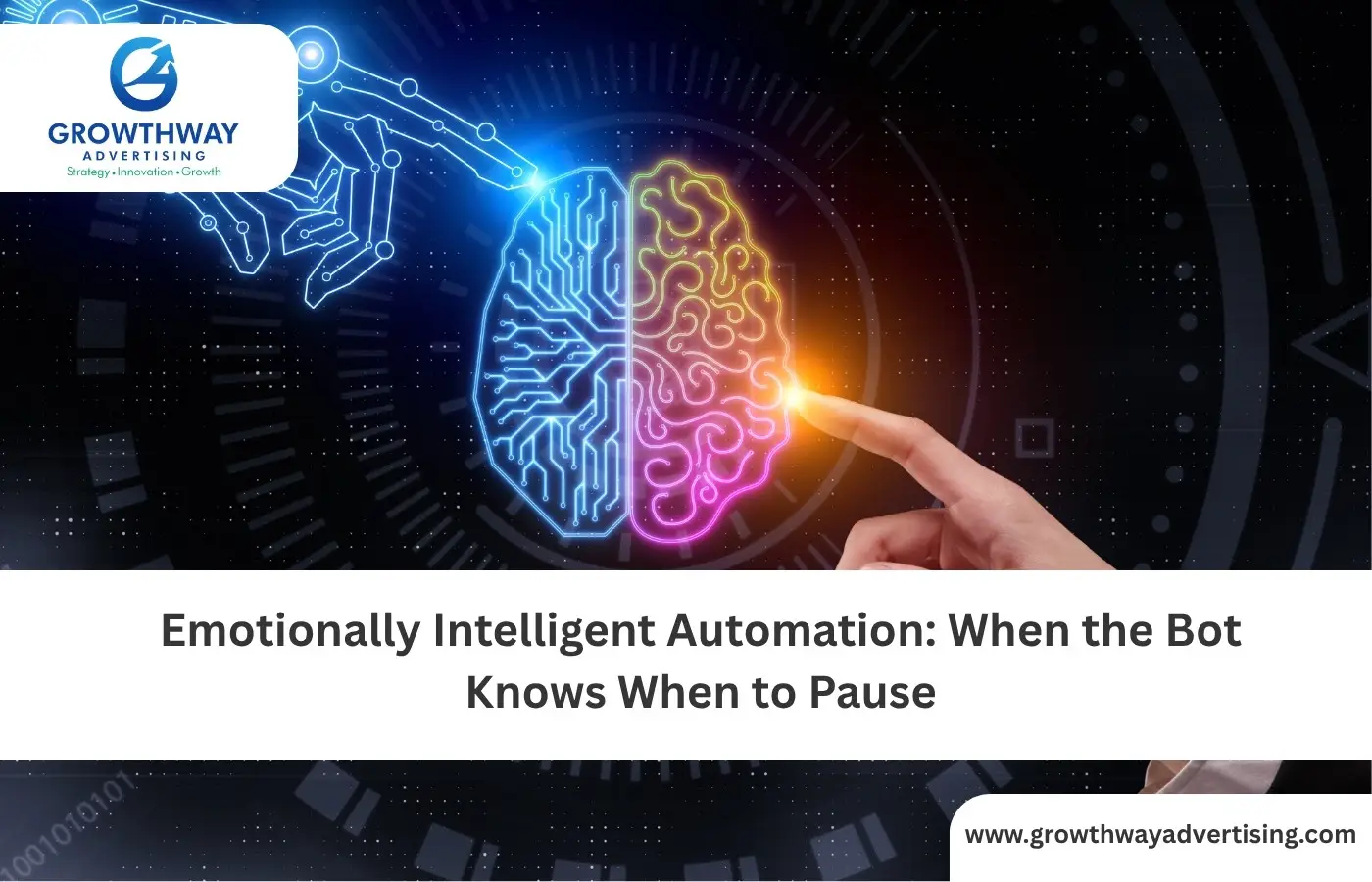The smartest brands don’t panic every time Google rolls out a major update. They develop SEO strategies that do not topple over when the search engine throws up its tantrums. They spend their time thinking about what Google has been rewarding since 2010 and that is relevance, experience, authority and usability rather than rank hacking and using shortcuts.
Is your search engine optimization a rollercoaster and you want to build a sustainable engine? Here are the steps to establishing a stable foundation.
User-Focused SEO as Your Safest Investment
No algorithmic change will save it, if your content fails to fulfill a human need. User focused SEO has been your guide.
Google recent Helpful Content and Experience-based updates leave little to no doubt on the matter: keep creating content that can provide original answers, but also with first-hand experience where feasible. Instead of chasing competitive head keywords like “best protein powder,” go after the searcher’s true journey:
- “how to use protein powder for weight loss”
- “protein powder side effects no one talks about”
This is something that will enable you to demonstrate depth- a great ranking factor that Google still pays significant consideration in optimization of search intent.
Core Web Vitals Aren’t Optional Anymore
Google does not merely examine the content of your web site, but how it performs. . Poor design is now a ranking problem. Focus on improving:
- Largest Contentful Paint (LCP)
- First Input Delay (FID)
- Cumulative Layout Shift (CLS)
Optimizing Core Web Vitals sends a signal to the algorithm that your content delivers an experience that is seamless. Combine this with mobile responsiveness, ensuring your site performs just as well on a smartphone as it does on desktop.
Small adjustments (font visibility, button clicks, scroll rate) also future-proof your site so that when the next update arrives, your site is not adversely affected.
Content that Connects: Answering Search Intent
Sites that understand and serve search intent well are rewarded today by Google. Pumping out keyword-stuffed content is so yesterday; developing contextually relevant, thorough and interesting content is the new reality.
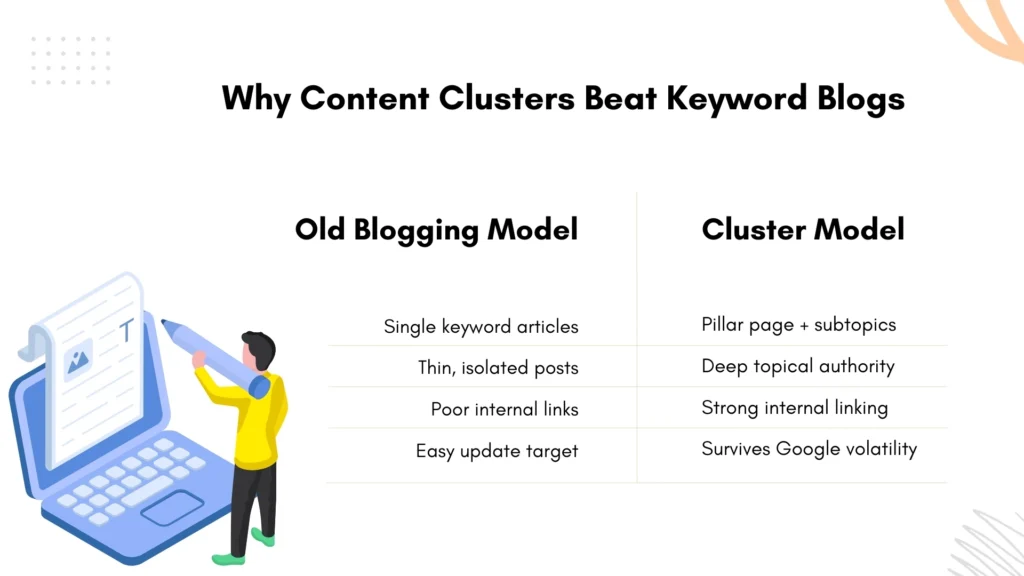
- Content Clusters: The central pillar pages are at the core of centralized topics and supporting topic clusters. It increases topical authority that is well rewarded by Google.
- Search Intent Optimization: Write to be very specific to what users are trying to obtain informational, transactional, or navigation.
- Make your content snippet optimized by asking and answering clear concise questions in a way that they can be featured as snippets.
Relevant material is one which resonates with your audience, is relatable, can help build trust and retain visitors, which are all ranking factors.
Never Abandon Technical Hygiene
Sure, technical SEO is not sexy. But it can be what rescues rankings after an update.
Clean up:
- Broken links
- Redirect errors
- Bloated CSS and JS files
- Indexing issues
- Structured data (FAQ, How-To, Breadcrumbs) for eligible snippets
These are the little details that a seo expert understands can constitute the difference between a site that can get hit during a Google algorithm update phase and one that prospers during it.
Content Refreshing Is Long-Term Traffic Insurance
Even the best content gets stale. Instead of creating never-ending new content, long-life-SEO depends upon updated content, pruning, combined or extended old work.
How to refresh like a serious seo company:
- Add current data, visuals, updated stats
- Strengthen E-E-A-T with expert quotes
- Replace thin sub-sections with deeper insights
- Merge overlapping content to avoid cannibalisation
This signals to Google that your pages deserve to remain top of the SERP even when other fresh content emerges because you put in the work to stay accurate.
Choose Quality Linking Over Quantity Linking
The backlink game has evolved drastically. Google’s Penguin and SpamBrain updates punish large-scale backlink dumping.
Instead, lean on:
- Link inserts in content clusters
- Digital PR (building relationships for editorial backlinks)
- Useful visual assets (original charts, tools, templates) people naturally cite
- Round-up posts where industry leaders share opinions
When links live inside relevant, updated, Content marketing pieces, they become durable signals rather than update targets.
Emerging Technologies: Using AI & Analytics to Stay Ahead
AI transforms the way seo marketing is conducted:

- AI technologies make keyword research faster because of analysing a great volume of data and user actions.
- AI can help speed the process of creating and optimizing content and do it faster, without compromising quality.
- Predictive analytics help anticipate trends and adjust strategies proactively.
Managing to include AI smartly when selecting the winning seo agency can provide your campaigns with the decisive advantage, yet never neglect a balance between AI and human creativity.
Local SEO: Capture Your Neighborhood Audience
Local search has taken center stage particularly in businesses undertaken by the traditional stores.
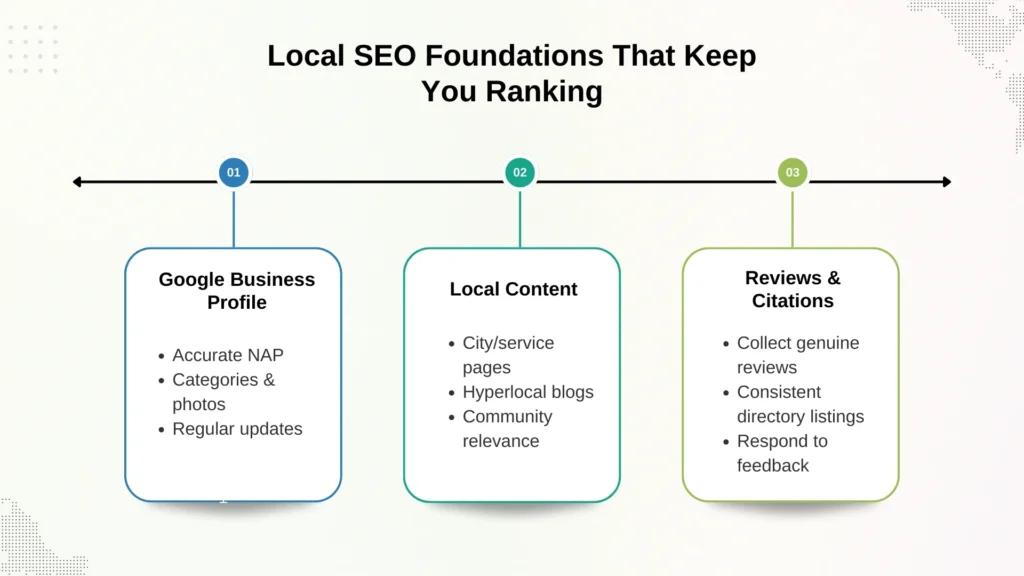
- Optimize Google My Business profile with accurate info and regular updates.
- Encourage genuine reviews Google factors review quality and quantity heavily in rankings.
- Create localized content and build local citations.
- Customize strategies for local pack visibility.
Over 80% of local searches on mobile lead to a store visit or purchase within a day. Ignoring this can mean missing out on a huge opportunity.
Don’t Ignore Internal Linking – It’s an Underrated Update Shield
Chasing backlinks is in vogue. However, Google adores the sites, which assist it to crawl down.
Strong internal linking structure among the pages within a content cluster transfer authority throughout the site. Include descriptive anchor wording, encourage users to subject matter closely connected topics, and demonstrate a logical connection to Google between pages.
Done right, your volatility-based niches (finance, health, YMYL) rankings tend to rise during tumultuous update cycles.
Think Like a Brand, Not a Blogger
Have you ever had a suspicion as to why those huge sites usually see traffic right after an algorithm change?
They’ve invested in:
- Brand entity building (clear “About” pages, expert bios, awards logos, trusted media features)
- Search-profile consistency (same NAP in directories, consistent schema, unmistakable brand voice)
- Signature frameworks rather than generic advice (making your content non-replicable)
Under this lens, search engine optimization services are not about keywords anymore they are about trust signalling. And the trust grows with time.
Build a Predictable, Not Reactive, SEO Roadmap
Lastly It is the brands who are grinding it out, rather than those chasing every algorithm change.
They’ve designed a proactive roadmap that touches every pillar above, stitched into ongoing workflows handled by their seo agency, or internal team.
When you consistently deliver experience-backed, technically superior, user-loved content whilst maximizing the intent, performance, and design you don’t chase algorithms. Google chases you.
FAQ’s
Updates adjust how Google evaluates content quality, relevance, and user experience. Sites using shortcuts or spam tactics often lose rankings while strong sites stay stable.
Yes. Google uses Core Web Vitals as performance signals. Faster loading, stable layouts, and responsive design improve both rankings and user behaviour.
Review high-value content every 6 months to update facts, include new data, improve internal links, or expand sections to keep rankings strong.
Yes, if edited with real expertise, experience, and human insights. Pure AI content with no value often gets hit during “unhelpful content” updates.
Strategies focused on E-E-A-T, site performance, intent-driven content, and strong UX tend to not only survive volatility but often even improve rankings.



